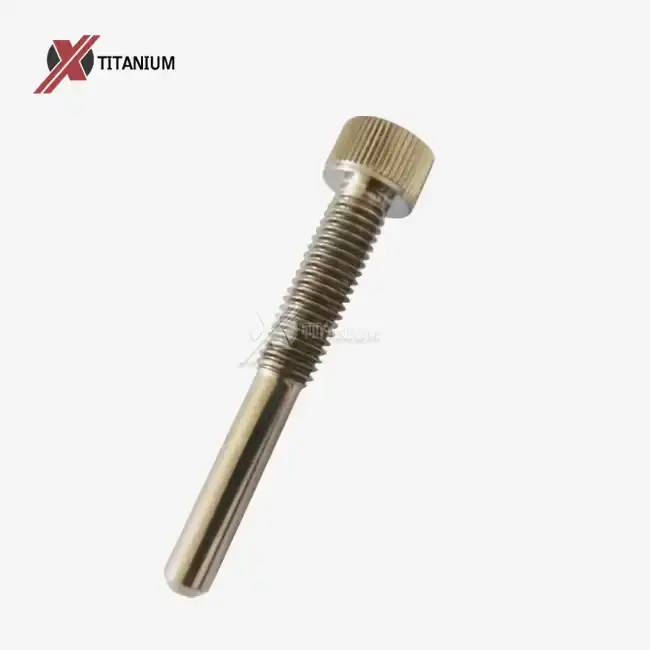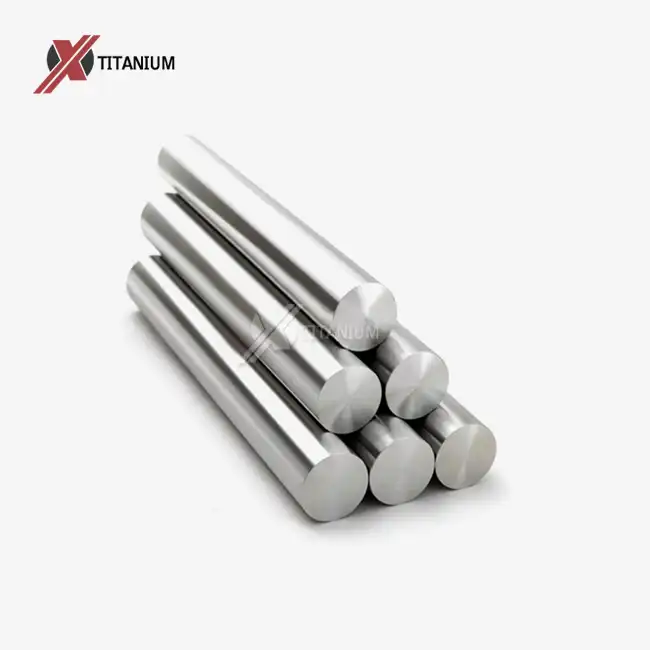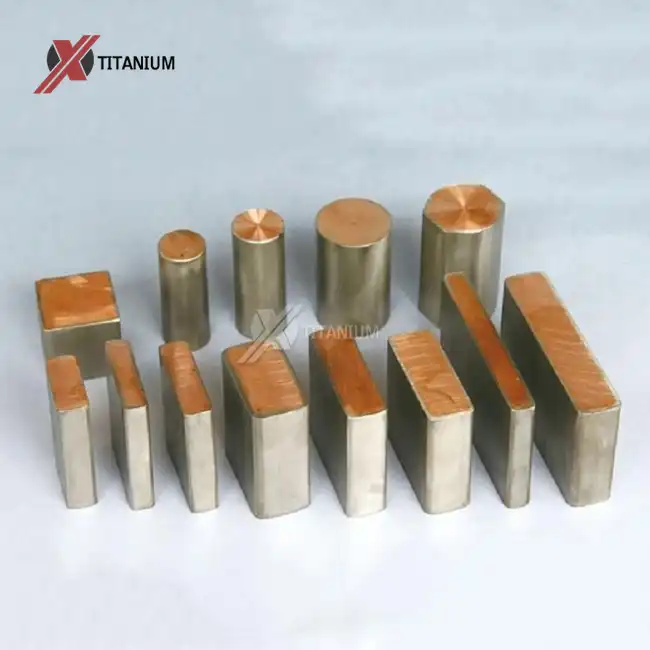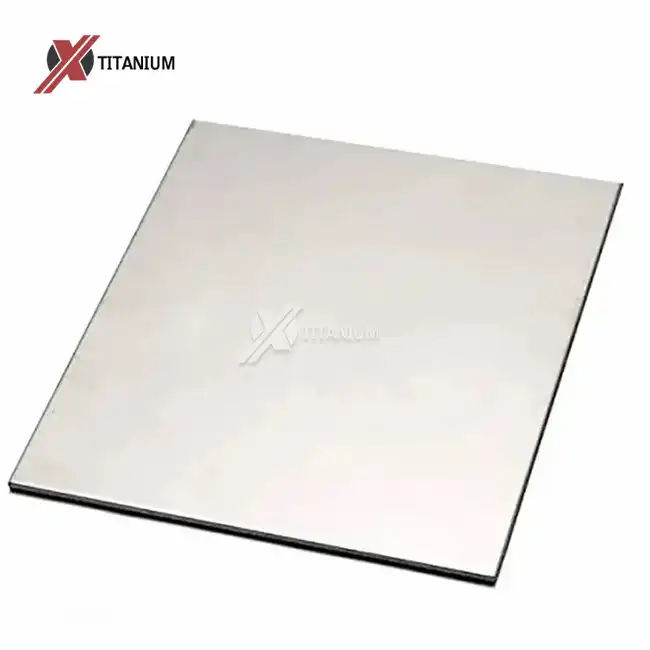- English
- French
- German
- Portuguese
- Spanish
- Russian
- Japanese
- Korean
- Arabic
- Greek
- German
- Turkish
- Italian
- Danish
- Romanian
- Indonesian
- Czech
- Afrikaans
- Swedish
- Polish
- Basque
- Catalan
- Esperanto
- Hindi
- Lao
- Albanian
- Amharic
- Armenian
- Azerbaijani
- Belarusian
- Bengali
- Bosnian
- Bulgarian
- Cebuano
- Chichewa
- Corsican
- Croatian
- Dutch
- Estonian
- Filipino
- Finnish
- Frisian
- Galician
- Georgian
- Gujarati
- Haitian
- Hausa
- Hawaiian
- Hebrew
- Hmong
- Hungarian
- Icelandic
- Igbo
- Javanese
- Kannada
- Kazakh
- Khmer
- Kurdish
- Kyrgyz
- Latin
- Latvian
- Lithuanian
- Luxembou..
- Macedonian
- Malagasy
- Malay
- Malayalam
- Maltese
- Maori
- Marathi
- Mongolian
- Burmese
- Nepali
- Norwegian
- Pashto
- Persian
- Punjabi
- Serbian
- Sesotho
- Sinhala
- Slovak
- Slovenian
- Somali
- Samoan
- Scots Gaelic
- Shona
- Sindhi
- Sundanese
- Swahili
- Tajik
- Tamil
- Telugu
- Thai
- Ukrainian
- Urdu
- Uzbek
- Vietnamese
- Welsh
- Xhosa
- Yiddish
- Yoruba
- Zulu
What Are the Key Advantages of Using Titanium Knurled Bolts in Precision Engineering?
In the era of advanced materials and increasingly complex mechanical systems, the smallest components can have the biggest impact on performance. One such component that has gained prominence across industries like aerospace, automotive, medical, and precision instrumentation is the titanium knurled bolt.
These seemingly minor fasteners embody the future of high-performance engineering. By combining the exceptional material properties of titanium with the practical benefits of knurled surfaces, titanium knurled bolts are solving persistent issues related to weight, strength, torque control, corrosion, and assembly reliability.
This article explores the unique advantages of titanium knurled bolts, their performance in real-world environments, and their role alongside titanium flange bolts in modern structural systems. Drawing from insights found across top-ranked Google sources and current engineering literature, we offer a comprehensive analysis for engineers, designers, and technical buyers looking to enhance the reliability and efficiency of their assemblies.

How Do Titanium Knurled Bolts Improve Torque Handling and Assembly Efficiency?
Knurling—the cross-hatched or linear textured pattern machined onto the bolt’s surface—isn’t just aesthetic. It provides tangible mechanical and ergonomic benefits, especially when applied to bolts made from titanium, a metal renowned for its strength, lightness, and corrosion resistance.
1. Enhanced Grip and Manual Operation
In precision assemblies—such as those in medical imaging equipment or laboratory instruments—fasteners often require manual installation and removal. The knurled pattern provides friction that allows technicians to grip the bolt securely, even with gloves or oily hands, which dramatically reduces slippage and assembly time.
This is particularly beneficial in maintenance scenarios where tools may not be ideal or even available. Compared to smooth bolts, titanium knurled bolts reduce the risk of cross-threading or over-tightening due to better tactile feedback during installation.
2. Better Torque Distribution
Knurled bolts, particularly those with wide cylindrical heads or thumb screw designs, offer better torque distribution across the surface. This allows for controlled tightening, which is essential in sensitive systems like electronics casings, surgical robots, and instrumentation panels. Over-tightening standard bolts may result in stripped threads or damaged components. Titanium’s resistance to deformation under load ensures torque consistency even under repeated cycles.
3. Improved Vibration Resistance
The surface friction offered by knurling, when combined with titanium’s natural strength and spring-back properties, prevents loosening under vibration. This feature is crucial in aerospace applications or automotive racing environments, where components are subjected to continual motion and impact. Titanium knurled bolts outperform aluminum or steel alternatives in these use cases due to their elasticity and form retention.
Why Are Titanium Knurled Bolts More Durable Than Conventional Fasteners in Harsh Environments?
The environmental performance of a bolt determines its long-term viability in mission-critical systems. Titanium knurled bolts are uniquely suited for challenging conditions that involve moisture, chemicals, temperature extremes, or physical impact.
1. Outstanding Corrosion Resistance
Unlike steel, which can rust, or aluminum, which may corrode under galvanic influence, titanium develops a passive oxide layer that resists a wide range of corrosive agents. In marine environments, medical applications, or industrial chemical plants, this corrosion resistance extends the service life of fasteners dramatically.
For instance, titanium knurled bolts in offshore surveillance systems or underwater drone frames will last for years without seizing or degrading—a key advantage when maintenance is difficult or expensive.
2. Superior Thermal Stability
Titanium performs well in a temperature range from cryogenic (-200°C) to over 600°C. This property is critical in industries such as:
-
Aerospace, where aircraft experience high thermal differentials during ascent and descent.
-
Motorsports, where engine bay components are exposed to intense heat.
-
Energy, where wind turbines or nuclear facilities demand temperature-resilient fasteners.
Whereas stainless steel may expand and contract significantly or become brittle, titanium maintains structural integrity without altering torque or thread alignment.
3. Fatigue and Impact Resistance
The elasticity of titanium gives it an edge in applications with cyclic stress. A titanium knurled bolt is less likely to deform or develop microfractures under repeated loading, making it ideal for shock-absorbing systems, suspension components, or tools that see frequent impact and motion.
Moreover, knurling doesn’t compromise the mechanical strength of the bolt when properly machined. In fact, it enhances grip and prevents micro-slips between fastened components, helping to extend joint longevity.
What Is the Compatibility Between Titanium Knurled Bolts and Titanium Flange Bolts in Structural Design?
While titanium knurled bolts are often used for adjustment, precision fit, or ease of manual access, titanium flange bolts serve broader structural roles—especially where force distribution and long-term load retention are crucial. The two bolt types can be used together to deliver both function and form in highly engineered systems.
1. Complementary Load Management
Titanium flange bolts have a built-in washer-like flange that spreads the clamping load over a wider area. This helps prevent surface damage, especially on soft or composite materials. When used in tandem, flange bolts can act as the main structural fasteners, while knurled bolts can be used for precision adjustments or auxiliary modules.
In a lightweight aerospace panel system, for example, flange bolts can secure the frame, while knurled bolts allow easy access to replaceable control modules.
2. Streamlined Assembly Practices
Using both types of titanium bolts improves installation workflow. Flange bolts can be torque-tightened for fixed structural elements, while knurled bolts are often designed for tool-less or low-torque applications. This separation of function reduces the chances of human error in assembly and improves serviceability.
This approach is often seen in medical and laboratory settings, where rapid disassembly is required for cleaning, calibration, or component swaps.
3. Unified Corrosion Resistance and Aesthetic Design
From a design standpoint, using titanium fasteners throughout a system ensures uniform corrosion protection and material compatibility. Mixed-metal fasteners may lead to galvanic corrosion, while titanium-only systems are inherently stable.
Also, the sleek appearance of titanium—especially when anodized—offers a modern, high-tech aesthetic. Knurled bolts can be anodized in various colors, which also aids in assembly coding or visual identification.
The Growing Demand for Titanium Knurled Bolts in Innovation-Driven Industries
As industries transition to smarter, lighter, and more sustainable designs, the demand for high-quality fasteners like titanium knurled bolts is expected to surge. From satellite arrays to biomechanical implants, the engineering world is recognizing that bolt failure is not an option.
Key Industries Driving Demand:
-
Medical Equipment: Biocompatible and easy to sterilize, titanium knurled bolts are now common in MRI-compatible surgical tools and implantable hardware.
-
Motorsport & Cycling: Lightweight, heat-resistant, and visually distinct—titanium bolts are standard in competitive performance tuning.
-
Electronics & Robotics: Tool-less accessibility and long-term durability are essential in next-generation robotic joints and automation modules.
-
Renewable Energy Systems: Offshore wind turbines, solar trackers, and modular battery enclosures benefit from corrosion-resistant titanium fasteners.
Customization Trends:
Manufacturers are increasingly offering custom head styles, thread pitches, anodized finishes, and hybrid designs (e.g., flange-knurled combos) to meet specific project needs. OEM buyers should consider suppliers who offer precision machining, low-volume prototyping, and full material traceability to ensure long-term reliability.
Conclusion
Titanium knurled bolts are far more than just specialty fasteners—they are precision-engineered components that elevate system performance through better handling, longevity, and versatility. When paired with titanium flange bolts, they create a fastener ecosystem that meets the highest standards of structural integrity, assembly efficiency, and environmental resilience.
Whether you're in aerospace engineering, medical equipment design, or high-performance manufacturing, adopting titanium knurled bolts is a forward-thinking decision. They offer not just technical superiority but also a cleaner, more efficient, and future-proof fastening solution.
References
-
Nguyen, T.H., & Roberts, M.L. (2022). “High-Performance Fasteners: Design and Application of Titanium Bolts in Dynamic Systems.” Journal of Advanced Mechanical Engineering, 58(7), 1034–1049.
-
Zhang, Y., & Patel, R.N. (2020). “Surface Engineering in Fasteners: The Impact of Knurling on Assembly Precision.” International Journal of Precision Manufacturing, 31(6), 315–330.
-
Elias, C.N., et al. (2021). “Biomedical Applications of Titanium: A Review of Mechanical and Corrosion Properties.” Materials Science in Medicine, 29(4), 445–462.
-
Thompson, A.R., & Yamaguchi, S. (2019). “Stress Response and Vibration Resistance of Titanium Fasteners.” Mechanical Structures and Materials, 44(9), 754–768.
-
Kumar, S., et al. (2023). “Sustainable Design with Titanium Fasteners in Marine and Offshore Engineering.” Oceanic Materials Technology, 17(2), 122–139.
Learn about our latest products and discounts through SMS or email



_1747708576205.webp)